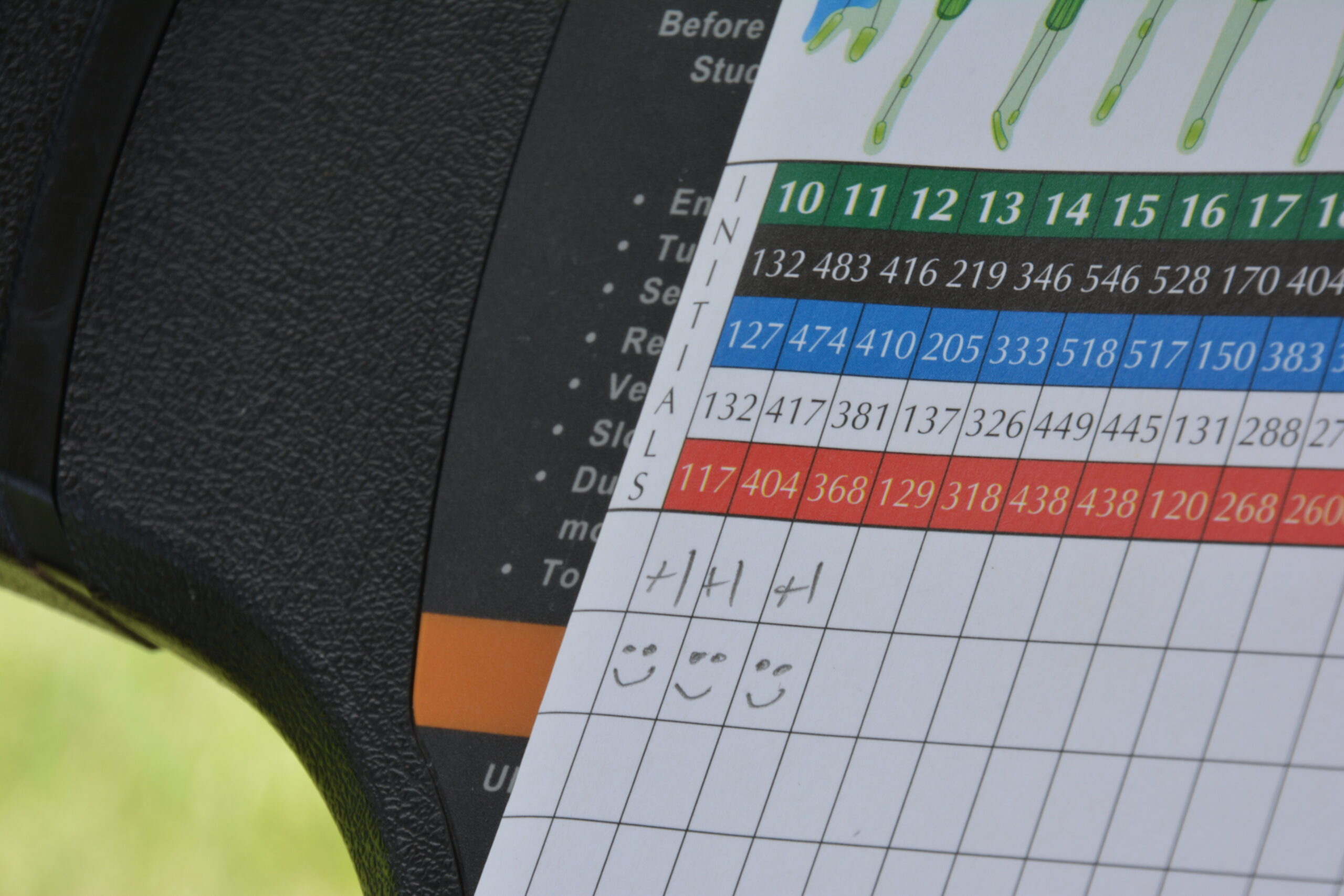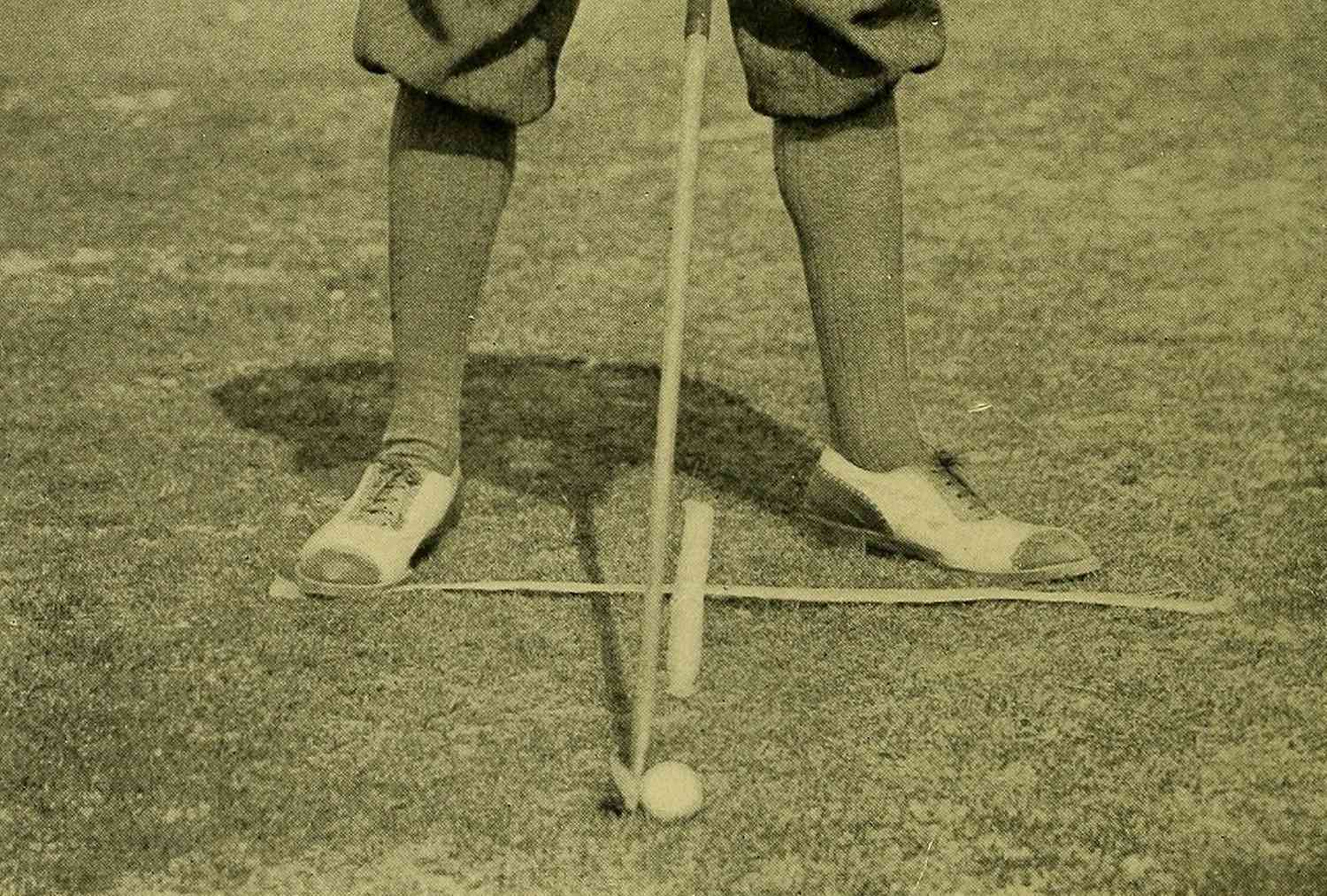Login
Lost your password?
Register
Already have a n account? Login
New client? Create an account
Continue As Guest
Birdie, Eagle & Albatross: The Language of the Links
SHARE

The Language of the Links: A Guide to Golf’s Most Celebrated Scores
The game of golf possesses a lexicon all its own, a vocabulary rich with history and metaphor that speaks to its unique blend of challenge and reward. While the ultimate objective is to navigate the course with the fewest strokes possible, the narrative of a round is told not just in numbers, but in moments of triumph that have their own poetic names. To the uninitiated, they are merely scores; to the discerning golfer, a birdie, an eagle, or an albatross is a symbol of a rare moment of brilliance, a flash of pure skill that transcends the ordinary. This is the language of the links, a secret dialect understood by those who truly appreciate the game’s subtleties and its most celebrated victories. It is a lexicon that elevates the sport from a mere competition into an elegant and expressive art form.
Imagine the unhurried quiet of the 18th fairway at Pebble Beach, the Pacific breeze a gentle murmur in the background. The pin is tucked precariously on a raised green, a final challenge for the day. You strike a perfect approach shot, and as it soars on a clean arc, you know instinctively that this is a special moment. As it lands softly and rolls toward the hole, you feel a surge of quiet confidence. This feeling is not just about making a great shot; it is about achieving something that has been part of the game’s lore for over a century. It is about speaking the language of the course, fluently and with grace. Each of these iconic scores marks a departure from the expected, a moment when a player’s precision, power, and strategy align in perfect harmony to produce something extraordinary. To understand the game is to understand its vocabulary, and to master its vocabulary is to truly appreciate its deeper meaning.
The Birdie: The Sweetest of Surprises
The term ‘birdie’ is arguably the most beloved and widely recognized of all golf scores. It signifies finishing a hole in one stroke under par. The word itself is said to have originated in the early 20th century in Atlantic City, New Jersey, when a golfer, hitting a particularly fine shot, exclaimed that it was a “bird of a shot.” The phrase, a common slang at the time for something excellent, stuck. Today, a birdie is the most frequent moment of genuine elation for most golfers. It is a reward for a well executed drive, a delicate chip, or a precise putt. The feeling is one of poetic perfection, a small but significant victory that proves a golfer’s command of their game. It is the moment when all elements of a shot come together with a sense of fluid grace, yielding a result that is both earned and cherished. The origin of the term is a testament to the game’s ability to turn a simple moment of skill into a piece of enduring lore.
A birdie is not a grand spectacle; it is a quiet triumph. It is a validation of a golfer’s discipline and practice, a small nod from the universe that their efforts are paying off. Imagine a long, winding par-4. You hit a solid drive, but your approach shot from the fairway is a thing of beauty. It lands softly near the pin, leaving you with a short, confident putt. The satisfying, almost silent click of the ball into the cup is the culmination of a sequence of perfect choices. For the discerning golfer, the birdie is a reminder of the consistent, elegant execution that defines a great round. It is the reward for precision and a subtle reassurance that you are in control of your game, one stroke at a time.
The Eagle: A Statement of Power and Precision
If the birdie is a sweet surprise, the eagle is a powerful statement. An eagle is two strokes under par on a single hole, a feat that is far less common and infinitely more spectacular. The name, a reference to the magnificent bird of prey, reflects the awe inspiring nature of the achievement. Eagles are most often made on par-5 holes, which a player reaches in two powerful, well placed shots. The feeling of making an eagle is one of dominance and command. It is a testament to a golfer’s length off the tee and their ability to execute a flawless approach from a great distance. It is not just a score; it is a display of superior skill that can dramatically change the trajectory of a round.
There is a unique thrill in watching a ball soar toward a green from over 200 yards out, knowing that if it lands true, it will be the beginning of an eagle putt. That feeling of hitting a long iron or a fairway wood and seeing it land softly and stop near the pin is a testament to both power and finesse. The eagle is a score that demands a complete game, a perfect fusion of strength, strategy, and precision. It is the kind of shot that stands out in one’s memory, a highlight reel moment that can define an entire season. The USGA maintains the official rules of golf that govern how scores like eagles are recorded, ensuring their place in the game’s official record books.
The Albatross: A Mythical Achievement
For most golfers, the Albatross, or “double eagle,” exists in the realm of myth and legend. It is a score of three strokes under par on a single hole, a feat of such rarity that it is often considered a once in a lifetime achievement. It is a score that typically happens on a long par-5 hole or, in even rarer cases, a par-4. The name, inspired by the majestic, wide winged seabird, speaks to the immense scale of the achievement. It requires not just skill, but an incredible stroke of fortune, a confluence of favorable conditions and a shot that is hit with near perfect execution. It is the rarest and most celebrated of all scores, a moment of pure magic that can only be dreamed of.
The rarity of the albatross is what makes it so special. It is a conversation piece that will be recounted for years, a story that solidifies a golfer’s place in their playing circle’s folklore. The feeling of seeing a ball disappear into the hole from hundreds of yards away is an experience so singular, it is almost impossible to describe. It is a validation of the pursuit of excellence and a reminder that in golf, the extraordinary can happen when you least expect it. Some golfers may even have a special name for a three under par score, a term that adds to its mystique.
Beyond the Score: A Philosophy of the Game
Ultimately, these celebrated scores are more than just numbers on a card; they are part of the elegant language of a game that rewards patience and honors precision. The pursuit of the birdie, the eagle, and the albatross is a metaphor for the pursuit of excellence that defines a discerning golfer’s approach to every aspect of the game. It is about a dedication to a craft, a commitment to a ritual, and a deep appreciation for the finer moments on the course. This same philosophy extends to the careful selection of equipment, the meticulous organization of a bag, and the serene preparation for a round.
Just as a masterful shot can transcend the expected, so too can a piece of travel gear elevate the entire journey. Preparing for a trip to a storied course where a single great shot could be a moment of personal history requires an equally considered approach. The Aura Travel Bag, for instance, is not simply a piece of luggage; it is a protective sanctuary designed to cradle your most cherished equipment with the same reverence you hold for the game. Its meticulous craftsmanship and premium design ensure that your clubs arrive ready for a round of elegant play, allowing you to focus on the moments of brilliance that lie ahead, free from distraction.
What do birdie, eagle, and albatross mean in golf?
In golf, a birdie, eagle, and albatross are scores that signify a player has completed a hole with fewer strokes than the designated par. A birdie is one stroke under par, an eagle is two strokes under par, and an albatross is three strokes under par. These terms, which are named after birds, represent a player’s increasing level of skill and precision in achieving a score that is significantly better than expected for the hole.
SHARE
More Readings about Kolf Maison and Golf
BY DESIGN
- All
- Global Fairways & Journeys
- Golf Academy
- Style & Legacy
- The Artisan's Craft
- The Edge of Performance
- The Kolf Maison Ethos
- Travel







































